
While cyanobacteria have been on earth for 2.8 billion years, jelly fish and sturgeon can also be counted amongst the world’s oldest living animal beings.
Human beings seem to be at the top of the food chain in the animal kingdom, but some creatures outlast humans in terms of longevity. Animals living on the land, in the air, and in water can last for many decades or even centuries.
Most animals people come into contact with on a daily basis, such as dogs and cats, will only live a fraction of their owners’ lives. But under the right circumstances, many animals worldwide can live for many decades or even centuries.
If the mortality rate of a species does not increase after maturity, the species does not age and is said to be biologically immortal. Many examples exist of plants and animals for which the mortality rate actually decreases with age, for all or part of the lifecycle.
If the mortality rate remains constant, the rate determines the mean lifespan. The lifespan can be long or short, though the species technically “does not age”.
Hydra species were observed for four years without any increase in mortality rate.
Other species have been observed to regress to a larval state and regrow into adults multiple times.
The hydrozoan species Turritopsis dohrnii is capable of cycling from a mature adult stage to an immature polyp stage and back again. This means no natural limit to its lifespan is known. However, no single specimen has been observed for any extended period, and estimating the age of a specimen is not possible by any known means.
At least one hydrozoan and one scyphozoan can also revert from medusa stage into polyp stage.
The larvae of skin beetles undergo a degree of “reversed development” when starved, and later grow back to the previously attained level of maturity. The cycle can be repeated many times.
Some animal species on Earth have survived the most extreme conditions through evolution and have the ability to adapt to new environments. These surviving old species have refined skills and physical traits that resemble ancient and extinct species. These animals are referred to as “living fossils.” Cyanobacteria are the world’s oldest living animal. They are approximately 2.8 billion years old. Below is a list of other living things that have existed on this planet for an astonishing long time.
10. Martialis Huereka – 120 million years old
Martialis Huereka is an ant species discovered in 2000 in Amazon rainforest. The ant is named “Ant from Mars” as they look extremely different from the rest of the ant species. Martialis huereka is considered the oldest ant species, estimated to have evolved around 120 million years ago. The ant lives in soil, measures around 0.12 inches and has no eyes. The ant has hair-like protrusions that enhance its senses. Biologists use the Martialis huereka to study other ant species in greater depth.
9. Frilled Shark – 150 million years old
Frilled shark first appeared on earth around 150 million years ago and is considered the oldest of the shark family. The frilled shark was discovered in the year 2007 in Tokyo, Japan. The animal measures 5 feet in length with over 300 teeth arranged in more than 25 rows. The animal thrives deep in the ocean as it has a huge liver having low density oils and hydrocarbons. The shark also has extra physiological adaptations. The frilled shark is rare due to over pollution and changes in ocean temperature. The female frilled shark can keep its slow-growing embryos for over three years and is considered the animal with the longest gestation period.
8. Horseshoe Shrimp – 200 million years old
The horseshoe shrimp evolved about 200 million years ago, the same time dinosaurs appeared. The horseshoe shrimp is a tiny animal and was discovered in 1955. The tiny animal can survive in any weather condition and geological alterations. The animal’s eggs can remain dormant for many years and they can hatch when right conditions are met. Researchers were able to hatch the eggs of the shrimp in a laboratory for studying.
7. Sturgeon – 200 million years old
Sturgeon, like the horseshoe shrimp, evolved 200 million years ago and is the oldest of the bony fish family. The sturgeon has 27 species that have similar characteristics. The 5-foot fish weighs about 441 pounds and is found in Eurasia and North America. The fish can live up to 100 years old. The sturgeon lays eggs in abundance, but its main threat is humans who harvest the eggs at high rates for food. These eggs are highly valued as caviar. The sturgeon is near extinction but has now been classified as a protected species.
6. Coelacanath – 360 million years old
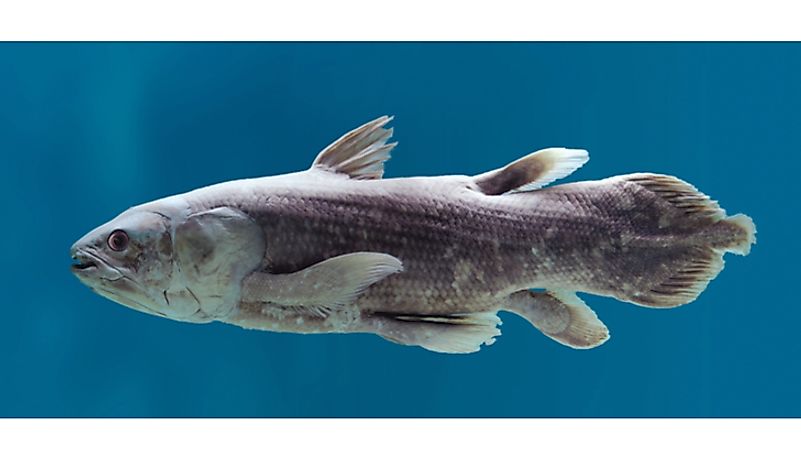
The coelacanath is a critically endangered fish living in deep waters at a depth of about 2300 feet. The fish evolved about 360 million years ago and had a lifespan of 60 years. The fish weighs about 198 pounds and measures 6.5 feet in length. Coelacanath has electrosensory organs that detect prey easily and can widen their mouth to catch large preys. The fish’s leg-like lob fins create a unique movement that makes it appear like a trotting horse. The coelacanath’s fin structure is unique in a way that it cannot be found in any other fish.
5. Horseshoe Crab – 445 million years old
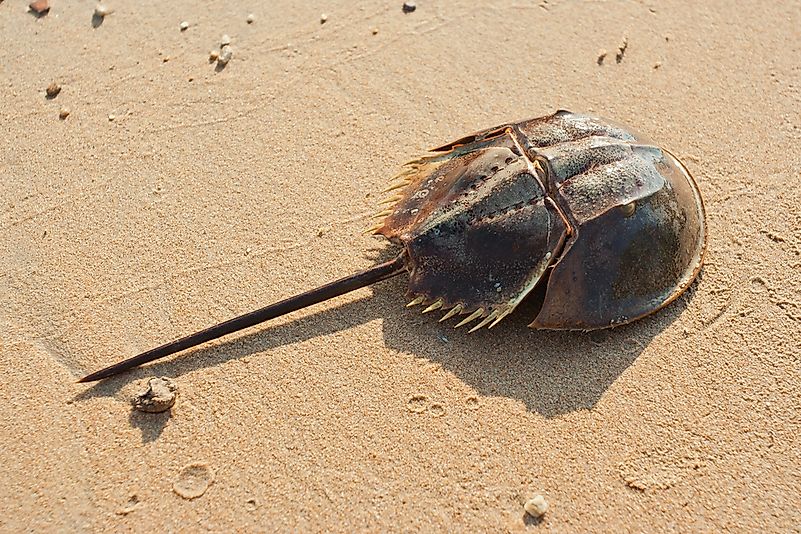
The horseshoe crab evolved around 445 million years ago and lived in shallow ocean waters. The crab has an exoskeleton, long tail, and spine. The horseshoe crab has nine eyes found throughout its body. Two of the crab’s eyes are used for sight while the rest are light receptors that manipulate movement. The horseshoe crab can sense ultraviolet rays. The crab has five pairs of legs with a claw on the tips except for the last pair. The legs are used for walking, swimming, and directing food into the mouth, which is located at the center of the legs.
4. Nautilus – 500 million years old
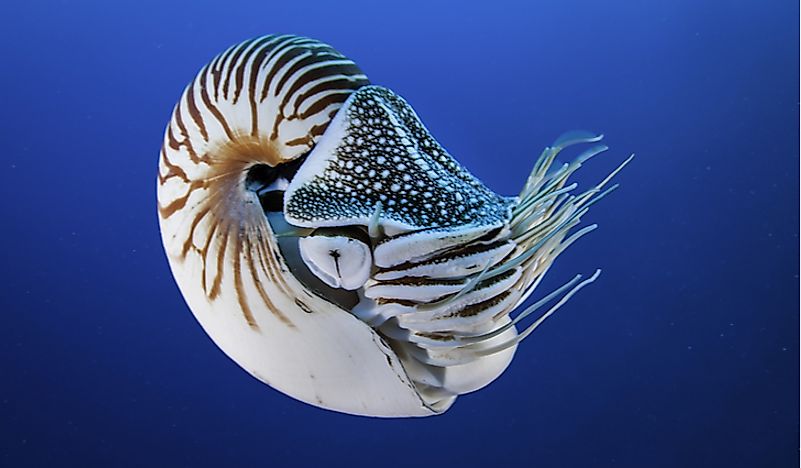
The Nautilus evolved around 500 million years ago, way long before the dinosaurs appeared. It is therefore considered a living fossil. Nautilus can be found in tropical water in Andaman, Fiji, and the Great Barrier Reef, living at a depth of about 2200 feet in the ocean. The animal’s body has a many-chambered shell that makes it resemble an octopus. The animal’s mouth is ringed by 100 small tentacles used to fight predators and catch prey. The Nautilus is part of the last surviving members of the mollusks.
3. Jellyfish – 550 Million years old
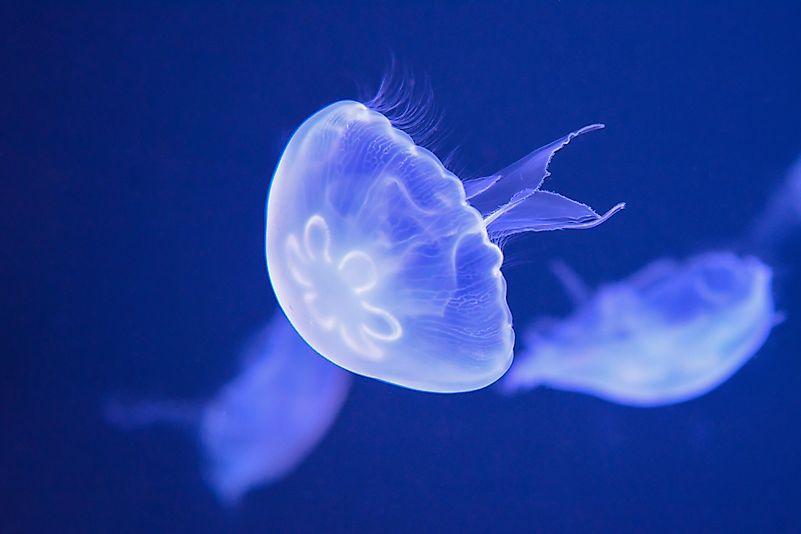
The jellyfish evolved on earth about 550 million years ago and is considered the oldest multi-organ animal in the whole world. The jellyfish lacks a brain and a nervous system but only has primitive digestive and sensory organs. The animal has a transparent, jelly-like image since 90% of its body is made up of water. The animal comes in different shapes and color and can be found in all the oceans of the world. The box jellyfish, which is the most poisonous species on earth, belongs to this family of jellyfishes. The tentacles of the box jellyfish have over 5,000 stinging cells which can instantly kill a human and many large animals.
2. Sponge – 580 million years old
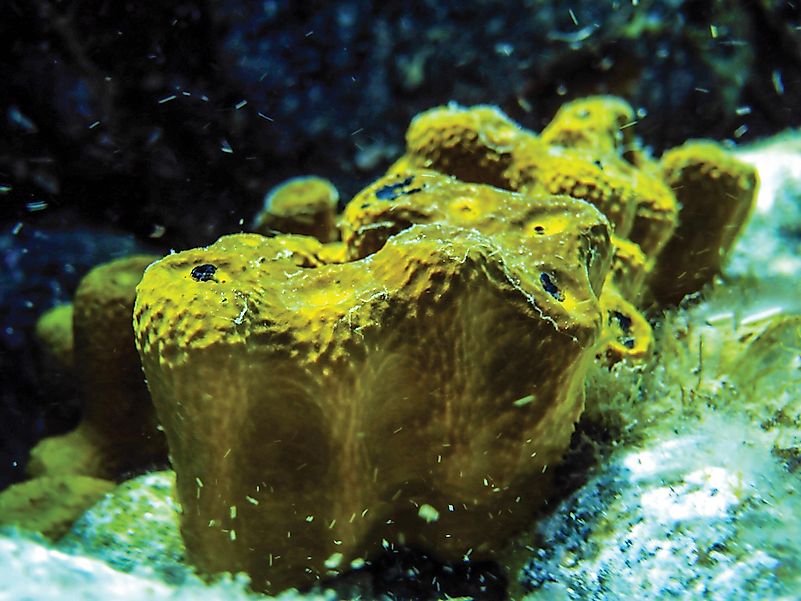
The sponge is a primitive animal that resembles a plant. The sponge lacks internal organs and body parts and reproduces by vegetative propagation, which means, when a part breaks off, it can grow into a new sponge by latching itself onto another surface. The sponge evolved around 580 million years ago in the oceans where they live in colonies in varying depths of the ocean. It is estimated that the sponge has about 5,000 different species in the world. The sponge supports a large part of marine life to this day. The body of sponges has many canals that shelter small aquatic species.
1. Cyanobacteria – 2.8 billion years old
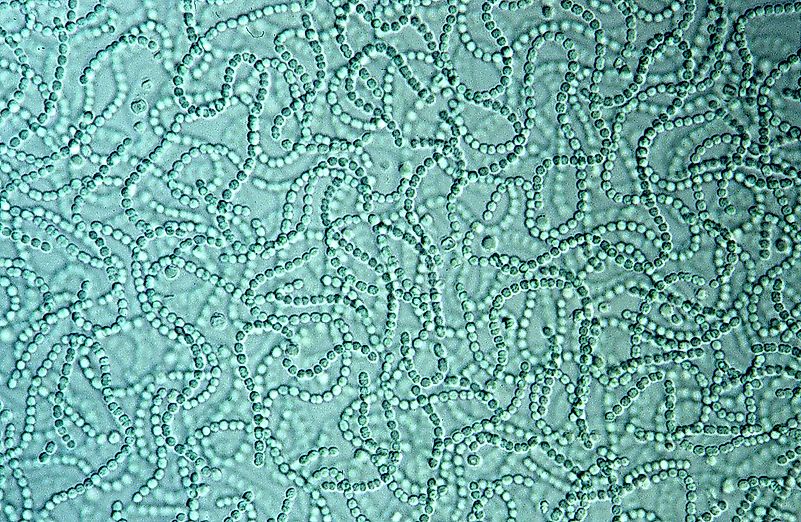
Cyanobacterium is the oldest known animal species on earth having evolved about 2.8 million years ago. They are also known as green-clue bacteria. Cyanobacteria live in large colonies and produce oxygen through photosynthesis, a process through which they obtain their energy. Cyanobacteria are considered major contributors of oxygen in the world to date. These bacteria sustain all oxygen-breathing organisms. The cyanobacteria reproduce through micro fusion. The bacteria can be found all over the world in most aquatic and terrestrial habitat. Soil crusts of Cyanobacteria prevent erosion and help to retain water since they stabilize soil.
The post The World’s Oldest Living Animal appeared first on Gradaxis.
source https://gradaxis.com/the-worlds-oldest-living-animal/
from Dr. Linex https://ift.tt/3a94cWT
via IFTTT
0 comments:
Post a Comment